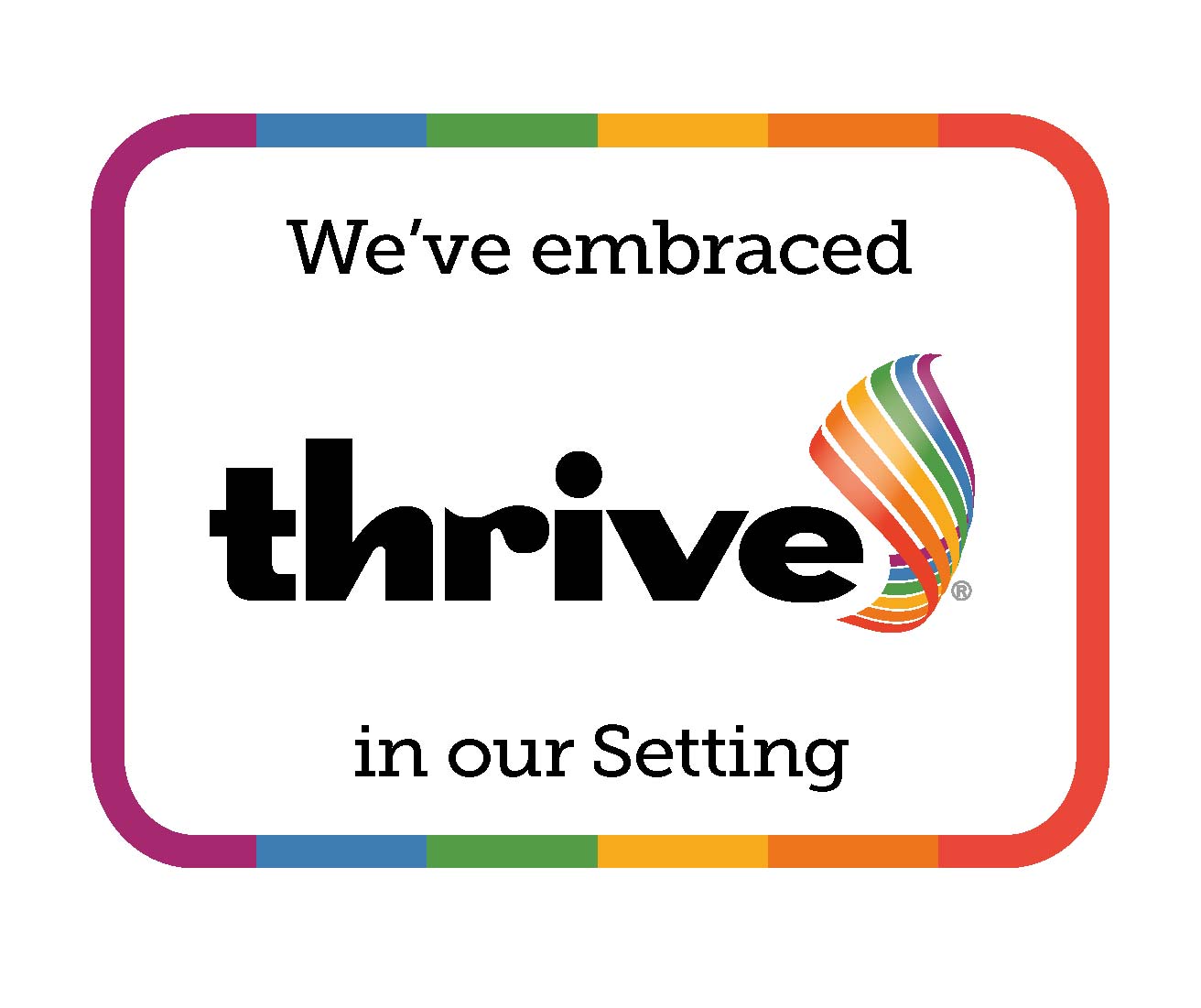An apprenticeship is a paid job where the employee learns and gains valuable experiences. Alongside on-the-job training, apprentices spend at least 20% of their working hours completing classroom based learning with a college, university or training provider which results in a nationally recognised qualification.
The first step when looking at Apprenticeships is to figure out if this path is the right one for you, from their you can begin to look at qualifications and frameworks to get the end result you want.
Understanding Apprenticeships
Apprenticeships are based around levels in the same way GCSE (Level 2) and A Levels (Level 3) are, you can apply for an apprenticeship to suit the level you think you are at. To help you gain a better understanding about what's involved in gaining an apprenticeship and the process to get there, UCAS have put together a handy resource to get you started, you can find it here.
Finding an Apprenticeship
When it comes to finding an apprenticeship there are two main options, first you can ask the training provider what they have available, though this could mean contacting a multitude of providers, the second option is to use the Apprenticeship search GOV website, which allows you to filter down by location, keywords, apprenticeship level and Disability Confident (employers that are making a conscious effort to bring more people with access arrangements into their business). To start searching have a look at the website here.
Apprenticeship Assessment
Before you get started on an apprenticeship it is best to gain an understanding of how you will be assessed, all apprentices are assessed throughout their training and again at the end of their training period. Full guidance in assessment methods can be found here.



